News
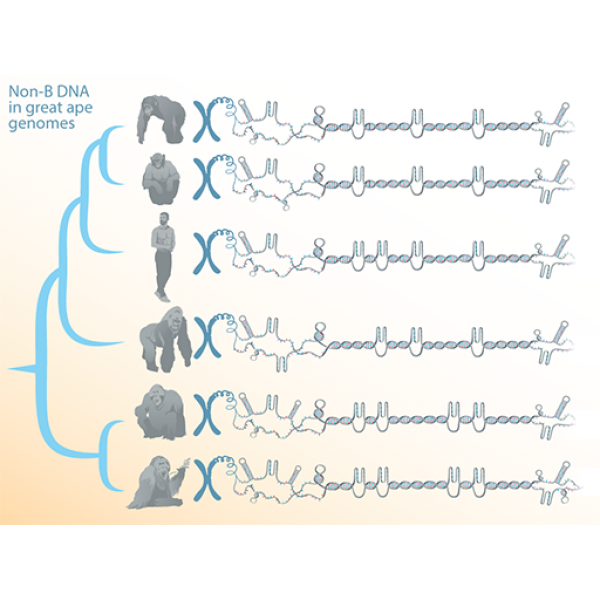
Apr 24, 2025
Beyond the double helix: Alternative DNA conformations in ape genomes
Researchers used recently published telomere-to-telomere genomes of humans, chimpanzee, bonobo, gorilla and two orangutans to predict locations of DNA sequences that can form other structures besides the double helix.
Full Article
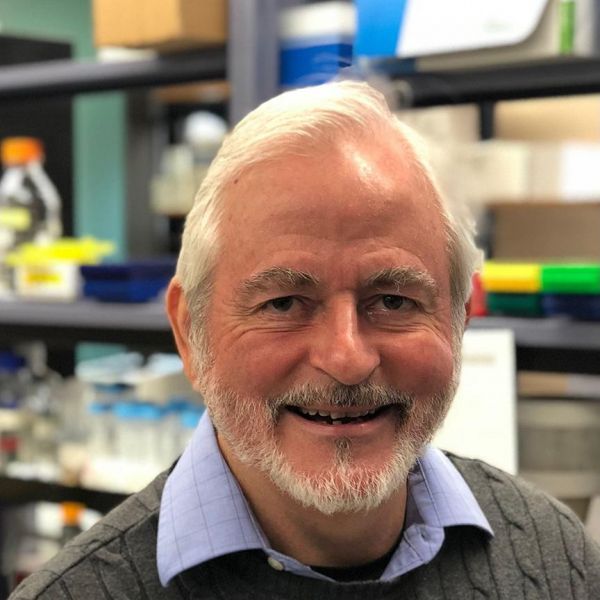
Apr 26, 2024
Penn State molecular biologist Ross Hardison named an AAAS Fellow
Ross Hardison, Academy Professor and professor emeritus of biochemistry and molecular biology, has been named a fellow of the American Association for the Advancement of Science (AAAS).
Full Article
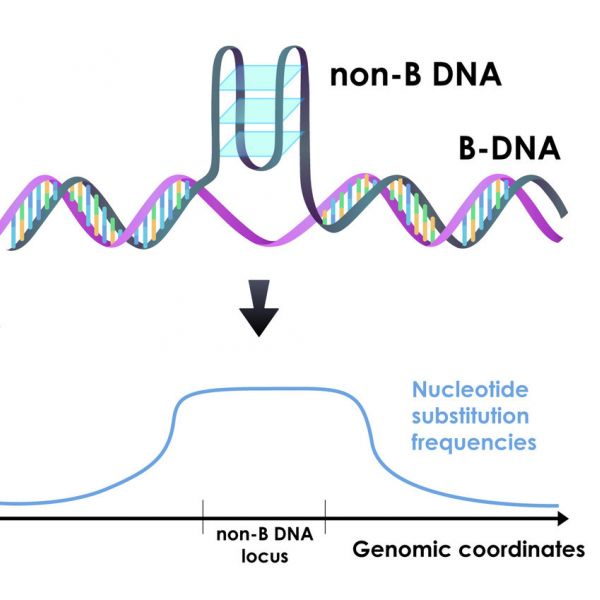
Feb 08, 2021
Unusual DNA folding increases the rates of mutations
DNA sequences that can fold into shapes other than the classic double helix tend to have higher mutation rates than other regions in the human genome. New research by a team of Penn State scientists shows that the elevated mutation rate in these sequences plays a major role in determining regional variation in mutation rates across the genome.
Full Article
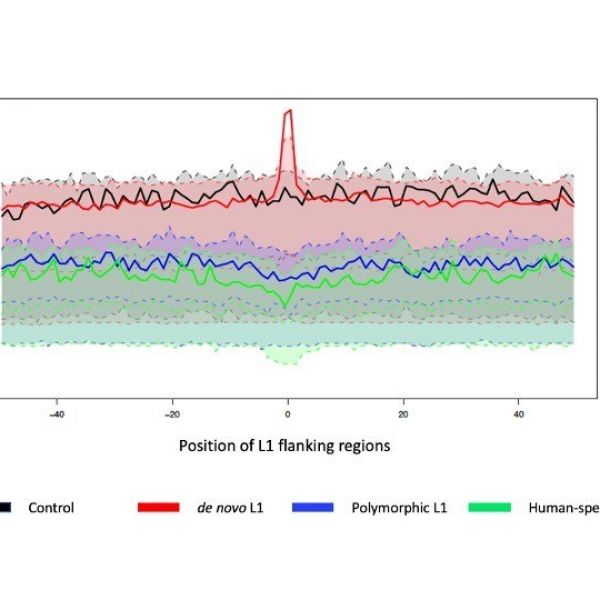
Oct 02, 2020
Scientists take a step toward understanding 'jumping genes' effect on the genome
Using state-of-the-art statistical methods, a team of researchers said they may have taken a leap closer to understanding a class of jumping genes, sequences that move to different locations in the human genome, which is the body’s complete set of DNA.
Full Article

Apr 10, 2020
Bioinformatics Community Mourns Huck Alum James Taylor
Highly esteemed data scientist and advocate worked with a number of Huck Institutes researchers at the Center for Comparative Genomics and Bioinformatics.
Full Article
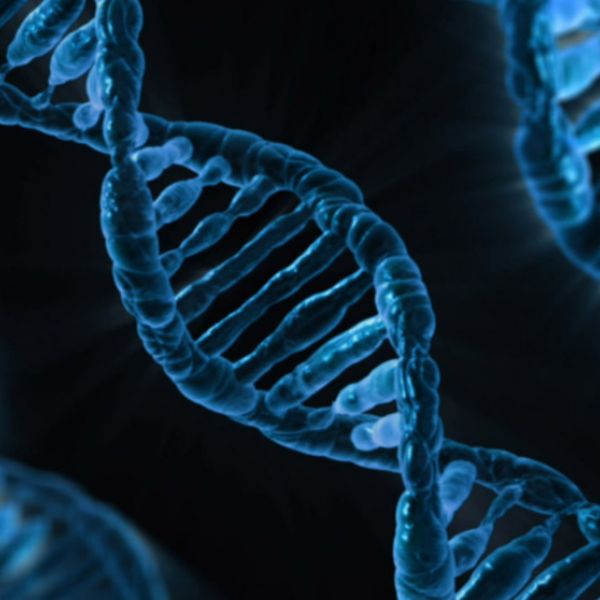
Dec 18, 2019
New tool reveals DNA structures that influence disease
Disruption of certain DNA structures — called topologically associating domains, or TADs — is linked with the development of disease, including some cancers. With its newly created algorithm that quickly locates and helps elucidate the complex functions of TADs, an international team of researchers is making it easier to study these important structures and help prevent disease.
Full Article
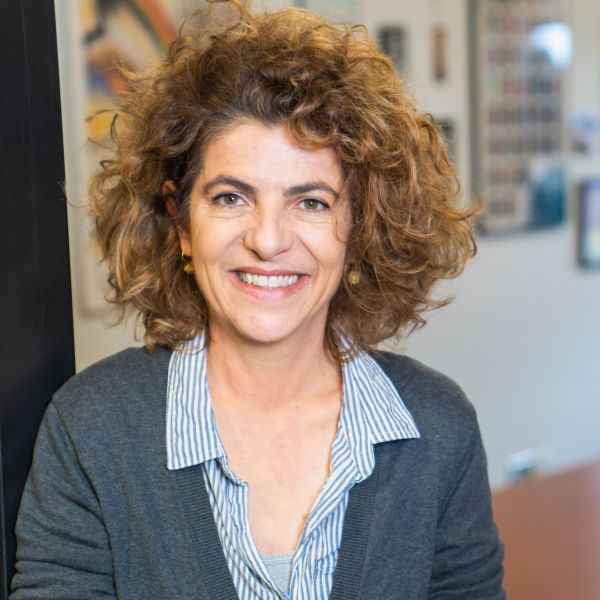
Sep 17, 2019
Francesca Chiaromonte named Huck Chair in Statistics for the Life Sciences
Francesca Chiaromonte, professor of statistics at Penn State, was recently named Lloyd and Dorothy Foehr Huck Chair in Statistics by the University’s Huck Institutes of the Life Sciences.
Full Article
Feb 15, 2017
Grant to help pave a big data highway to explore genome, enhance health
A $6.1 million, five-year grant from the National Institute of Diabetes, Digestive and Kidney Diseases at the National Institutes of Health may help researchers leverage massive amounts of genomic data to develop medical treatments and pharmaceuticals, according to an international team of researchers.
Full Article
Apr 08, 2015
Five Penn State professors honored with Faculty Scholar Medals
Huck-cofunded faculty researcher Song Tan is among the awardees.
Full Article
Feb 19, 2015
Paul Medvedev receives National Science Foundation CAREER award
NSF award will provide funding for Medvedev to develop algorithms for big genomic data
Full Article